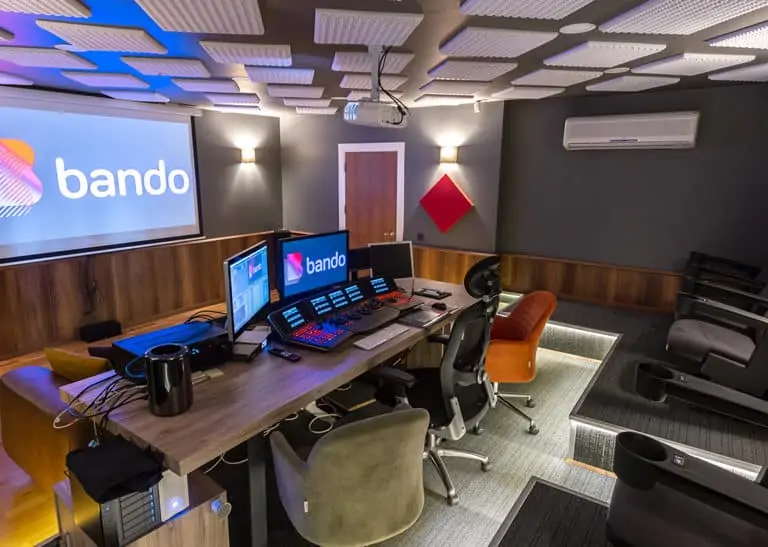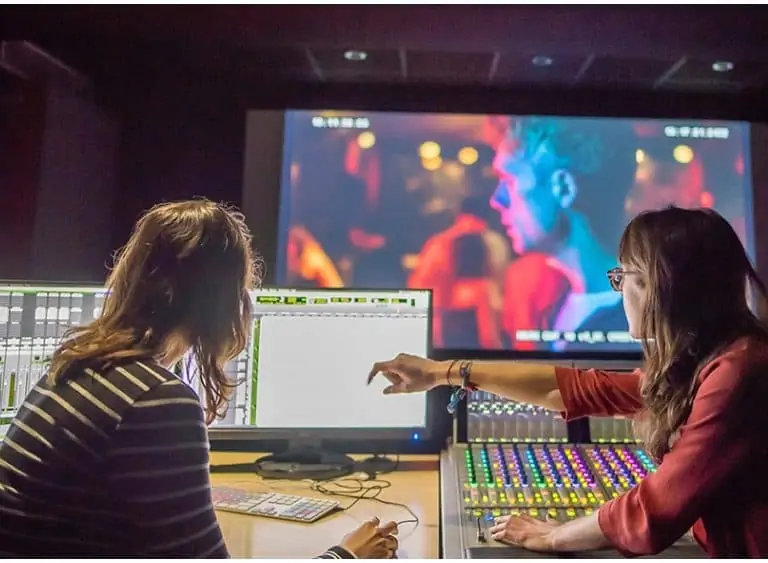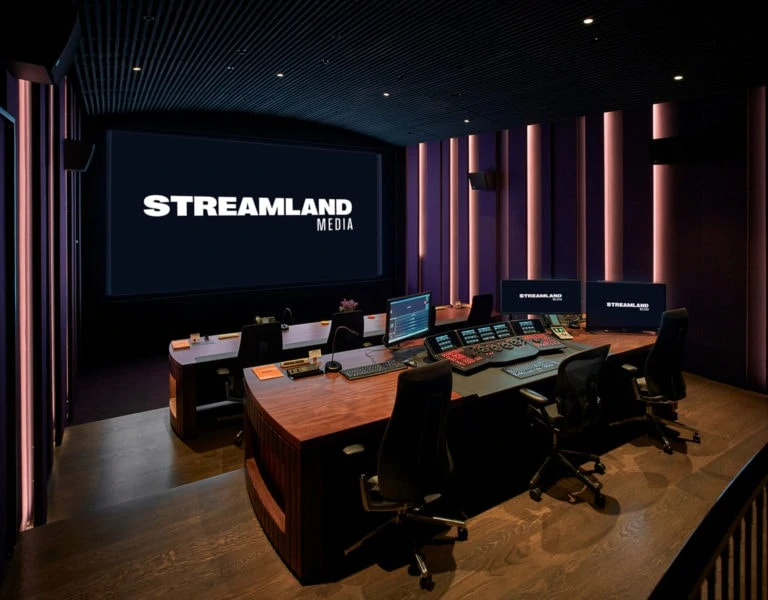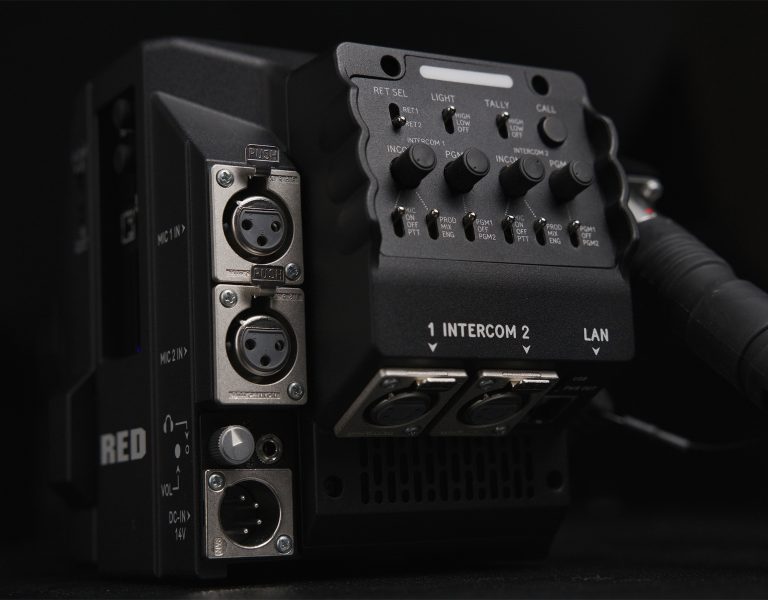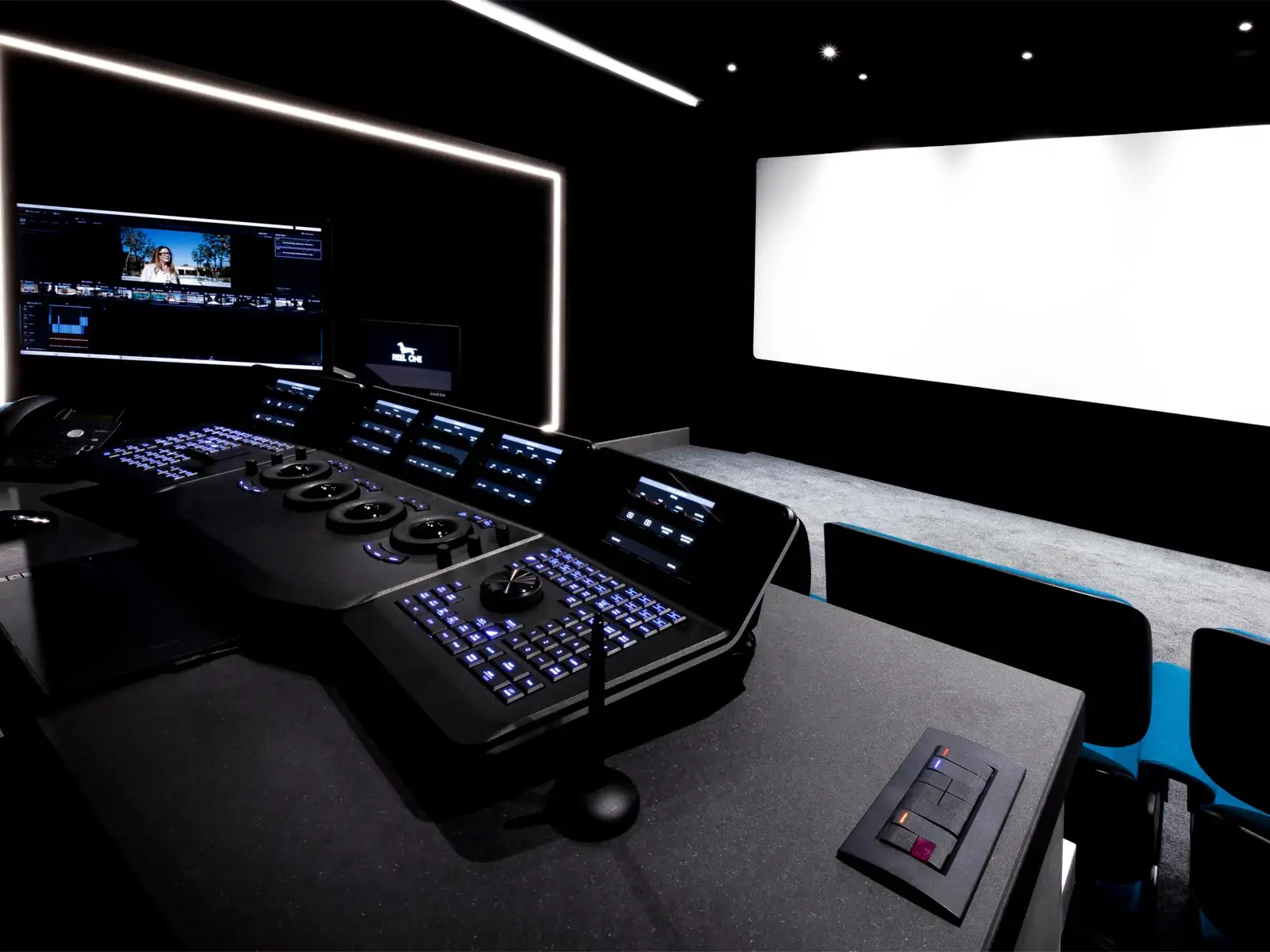
Available exclusively on Prime Video, first Italian original Anni da Cane (Dog Years), was conformed, graded and mastered with DaVinci Resolve Studio at Reel One.
Co produced with Notorious Pictures, Amazon Studios’ first Italian original was directed by Fabio Mollo and lensed by cinematographer Martina Cocco. Reel One developed an ACES based HDR workflow with its partner Kiwii Digital Solution Srl from the initial dailies setup through to delivery.
Valerio Vittori, Reel One’s IT Manager, explains that DaVinci Resolve’s collaborative environment has become integral to its demanding schedule. “We value the flexibility DaVinci Resolve offers in handling media with different color spaces, codecs and framerates, especially in ACES workflows,” begins Reel One’s IT Manager, Valerio Vittori.
Adding: “Having the ability to compare two timelines to overseeing all editing changes, report new cuts to online edit while maintaining color correction, FX, keyframes, and cache files is awesome and saves a lot of time when working on projects like Anni da Cane.”
Valerio explains that the Dolby Vision tone Mapping within Resolve helped to enable quick conversion of the project from HDR to SDR, while the team also relied on the Compound tool in the editing workflow to perform a precise Dolby Vision’s analysis of the various HDR graphics in the film.
Using DaVinci Resolve’s Colour Trace tool, the CDLs created onset were then transferred to the P3D65 PQ master timeline where Reel One senior colorist Paolo Verrucci delivered the grade on a Sony HX310 monitor using a DaVinci Resolve Advanced Panel.
“Martina and I agreed on creating a LUT that emulated Kodak’s VISION3 500T look, with low, neutral lights, soft contrast, and primary color enhancement. We wanted bright, crisp visuals with a captivating emotional impact,” Paolo explains.
Paolo mainly used a three node process throughout; a base primary, a contrast softening curve, and an OFX plugin to lighten the definition. He also created power windows and used qualifiers to detach and give depth to the characters in the film.
“I remember I was grading a party scene shot in a house with very vivid interiors. The Hue vs Sat tool helped me refine details, and then I used the Colour Warper to manage the blue out of the gamut.”
“I particularly enjoyed the scenes in Stella’s room, as they took place at different times during day and night. I was able to further accentuate the palette created by the set designers, using up to ten nodes per clip to capture every last detail,” concludes Paolo.
DaVinci Resolve’s integrated Dolby Vision analysis was then used to generate deliveries compliant with Amazon Prime’s multiple specifications subsequently. The HDR grade was then mapped to SDR in Rec709 and P3-DCI formats for both the final delivery and the creation of a DCP for the cinema circuit.
“When our clients entrust us with a project of this nature, we have to ensure maximum speed of execution while maintaining the highest level of quality,” concludes Valerio. “The availability of all raw media online at all times and the collaboration mode ensure our colourists and editors can work simultaneously on a project, which is an invaluable advantage.”

